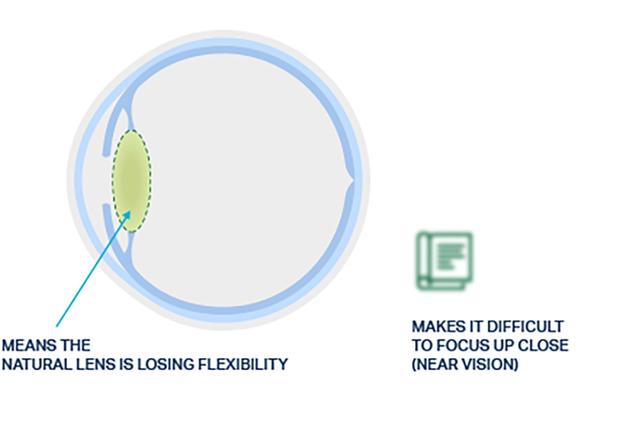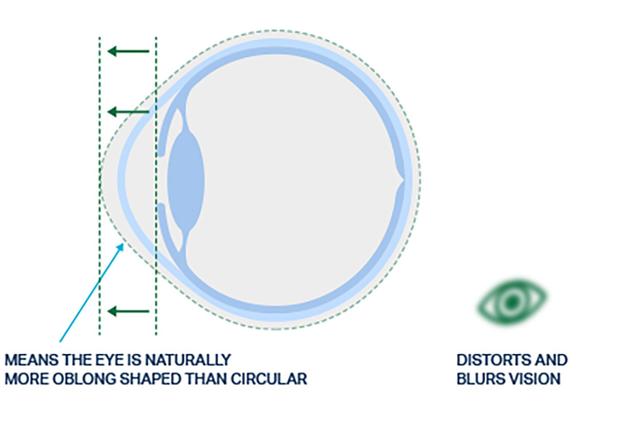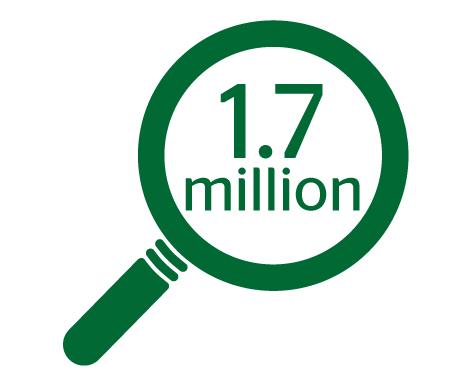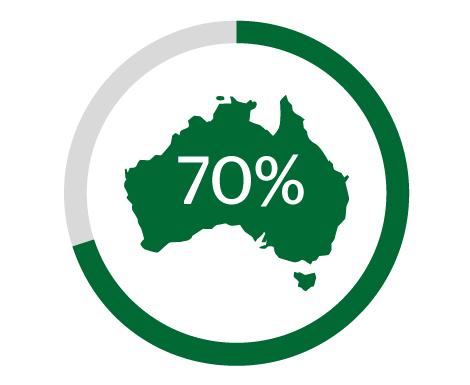Your eyes are an amazing part of your body. Although a small organ, they do a lot of big things for us every day: help us see and connect with what’s around us, protect us from danger, keep our minds sharp, and allow us to interact with the people and things we really love.
Over time, changes inside your eye can produce cataracts, which will affect your eyesight. All cataracts will eventually need to be corrected through surgery, and while correcting your cataracts is important, cataract surgery also gives you the amazing opportunity to address other eye conditions – presbyopia and astigmatism – to help you to see more of the life you want to see without the help of glasses or using glasses less often.
What is presbyopia?
Presbyopia is an age-related eye condition that causes the gradual loss of your eyes’ ability to focus on nearby objects. When we are young, the natural lens is flexible and can therefore focus light where needed – giving us clear vision and allowing our eyes to see objects near, far, and everything in between. However, as we age, the lenses and muscles in our eyes begin to get stiff and inflexible. The result? Blurry vision for things up close, like when you’re reading a book or newspaper.

Natural lens with presbyopia
When do you get presbyopia?
Most people start to notice the effects of presbyopia in their early to mid-40s, and it continues to worsen until around age 65.
What are the presbyopia symptoms?
- The need for more light when reading
- Difficulty seeing nearby objects clearly
- The need to hold things farther away to read them
- The need to use reading glasses or bifocals
- Difficulty looking at a computer screen
Presbyopia by the numbers
Can presbyopia be prevented?
Although presbyopia can’t be prevented, these symptoms can be addressed with glasses, contacts, or an innovative cataract lens, such as an Extended Depth-of-Focus IOL or a Multifocal IOL. These lenses provide high-quality, broader-range vision even in low-light conditions, like reading a menu in a dimly lit restaurant or driving at night.
Read more about these lens options here
What is astigmatism?
Astigmatism is an eye condition that affects about 40% of the population. It’s when the surface of your eye (your cornea) is oblong in shape, like an egg, instead of being round, like an orange. So when light enters the eye, it is not correctly focused on the retina, resulting in an unclear image. You can have astigmatism in one or both eyes, and it can occur at any age.

Eye shape with astigmatism
What are the astigmatism symptoms?
- Blurry, distorted, or fuzzy vision
- Eyestrain or fatigue, especially when looking at a computer screen for more than a few minutes at a time
- Squinting
- Eye irritation
- Headaches
How to correct astigmatism
If you don’t have a cataract, astigmatism can be treated with glasses or special contact lenses, but if you do have cataracts, you could address both eye conditions at the same time with a surgical toric lens, such as an Extended Depth-of-Focus Toric IOL or a Toric IOL.
Read more about these lenses here
1 https://www.personaleyes.com.au/guild-bulletin-australias-first-personaleyesed-treatment-for-presbyopia/ accessed 28 May 2019
2 2018 Cataracts Awareness Survey S4: Which of the following conditions have you heard of?





